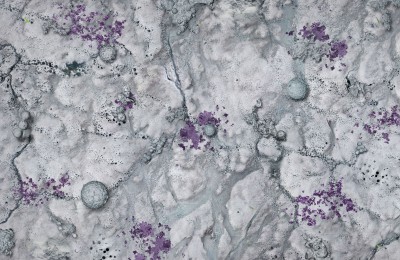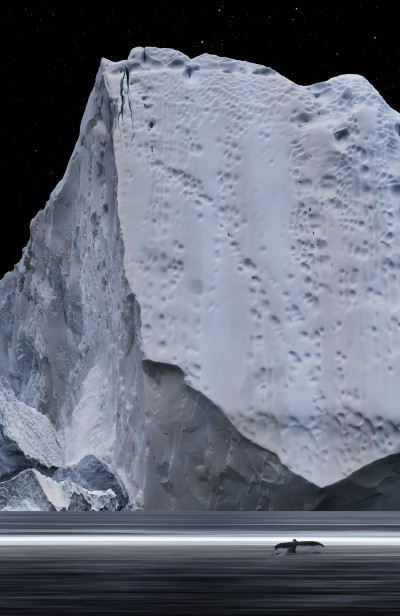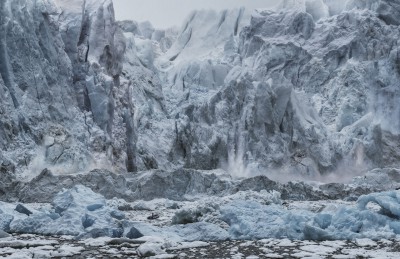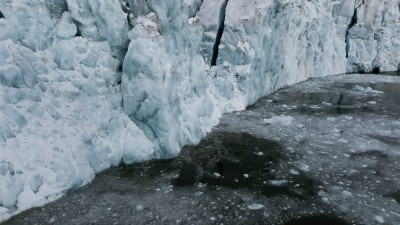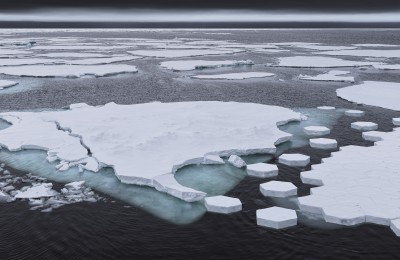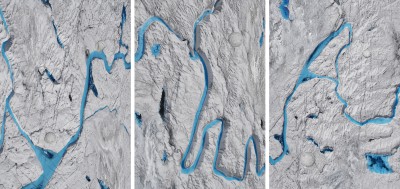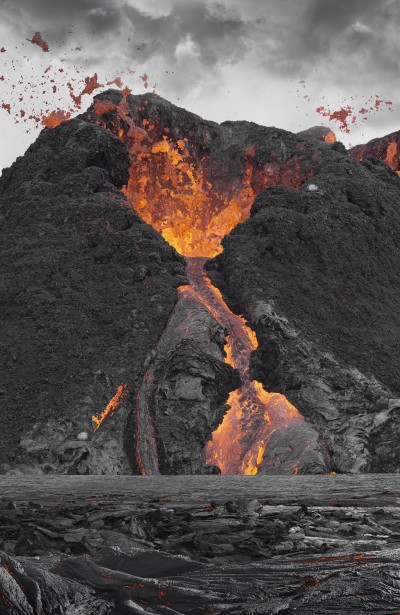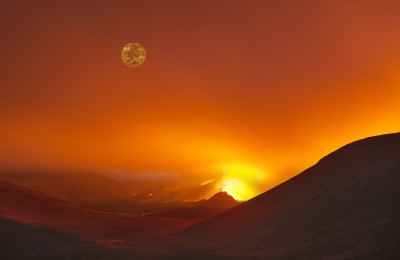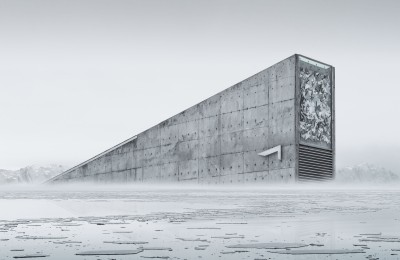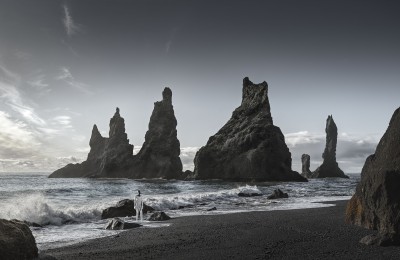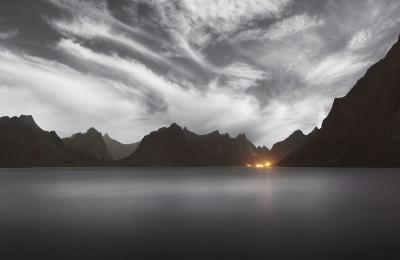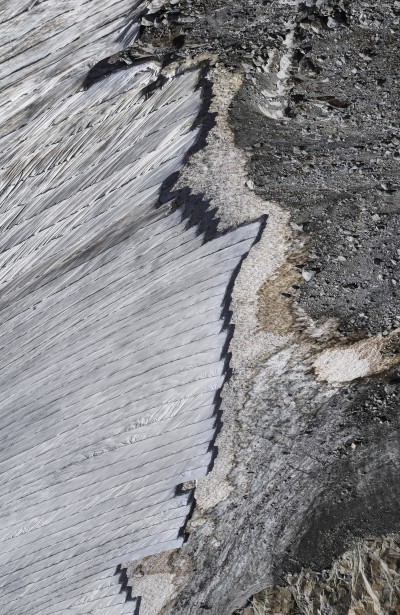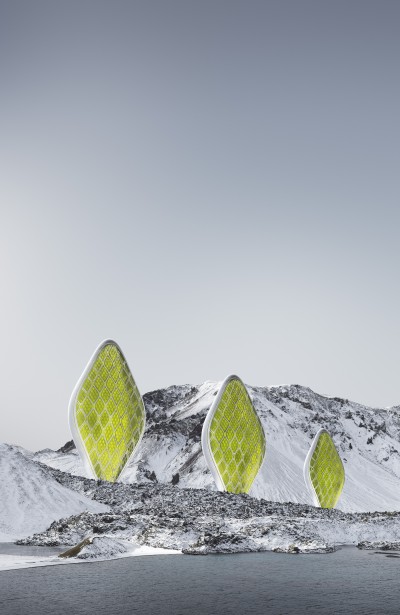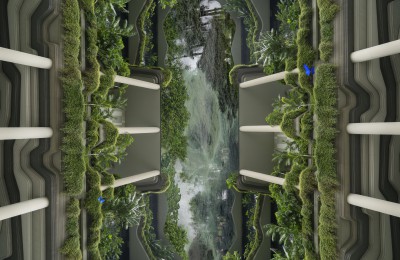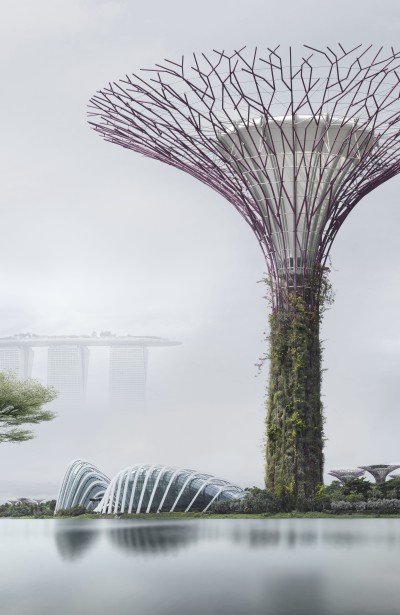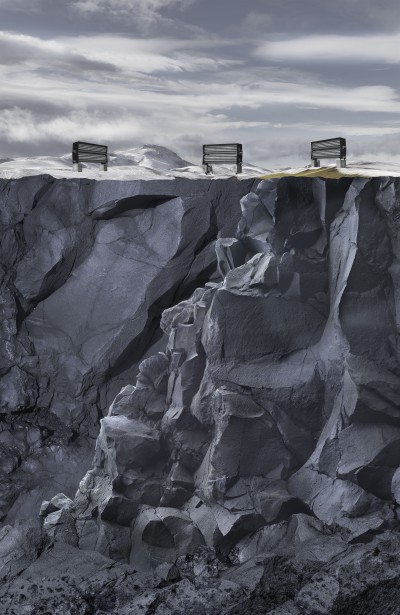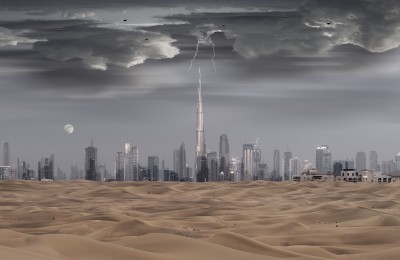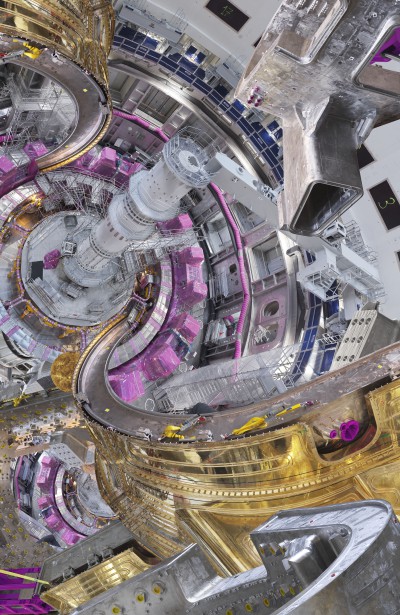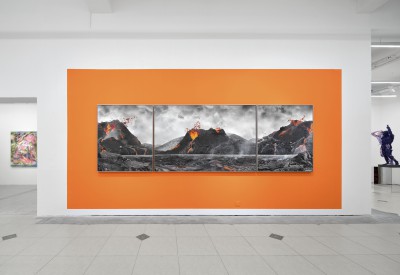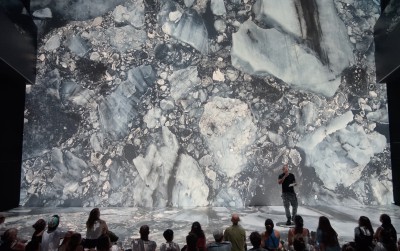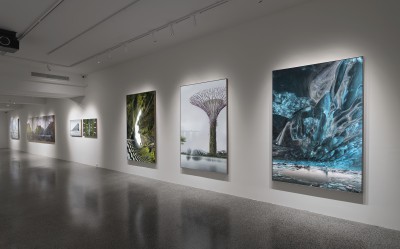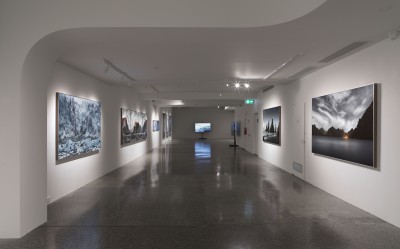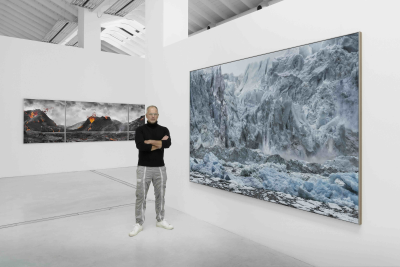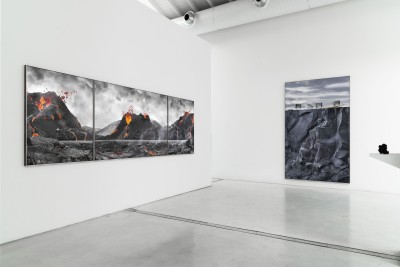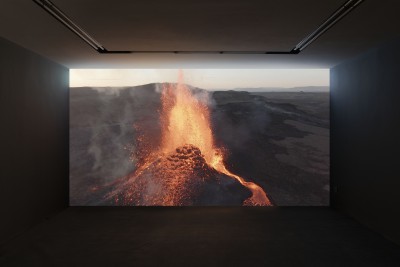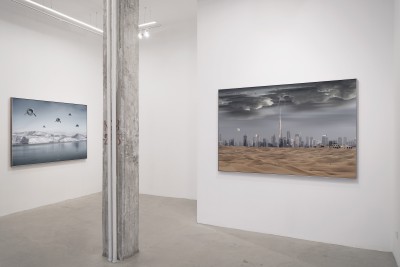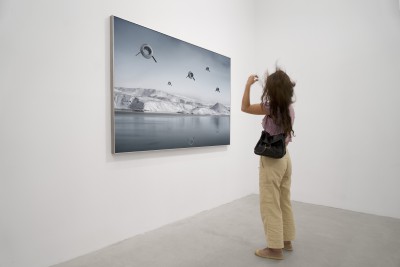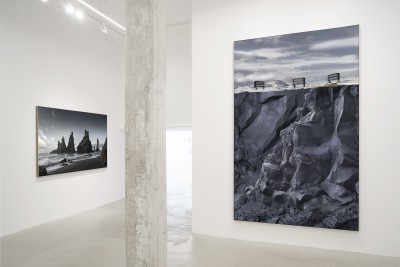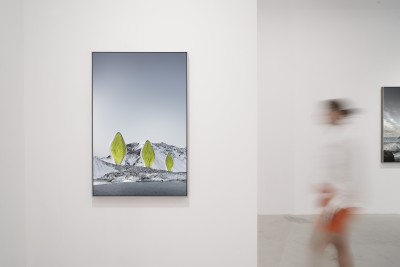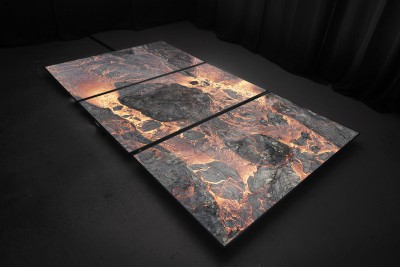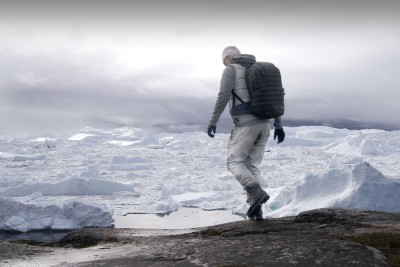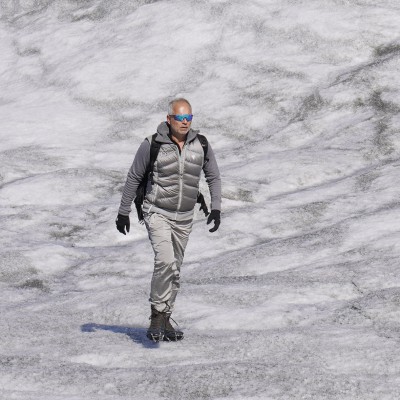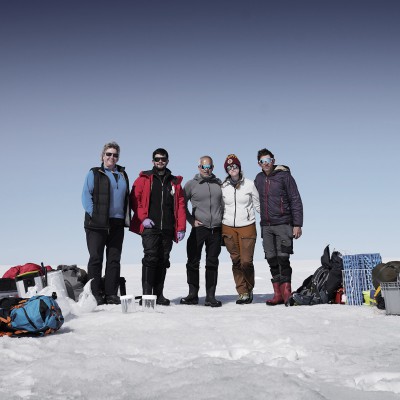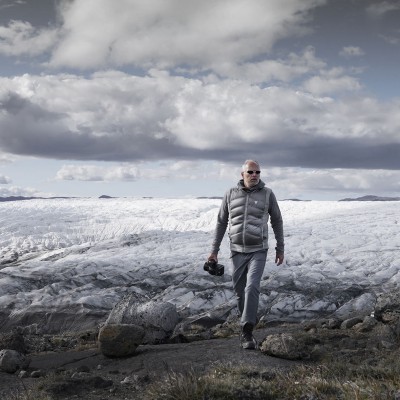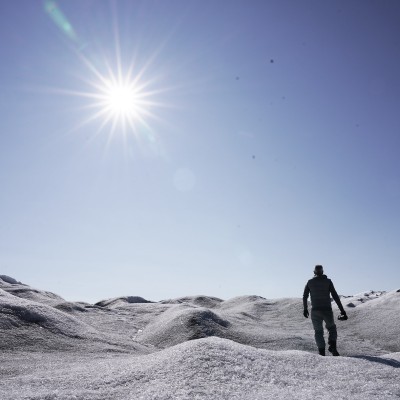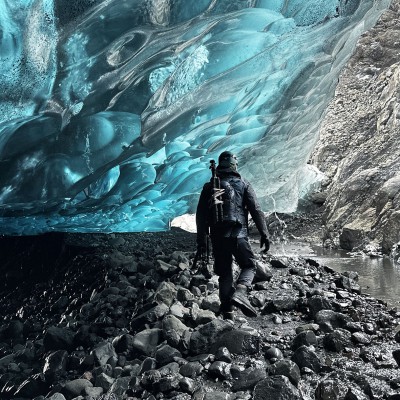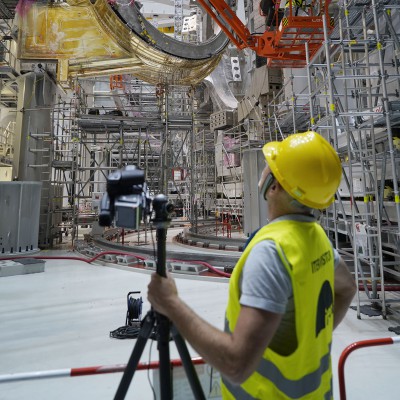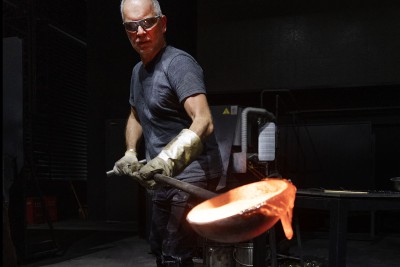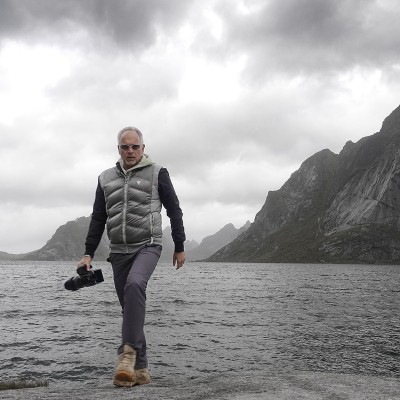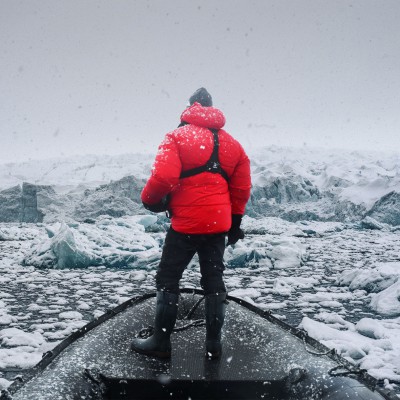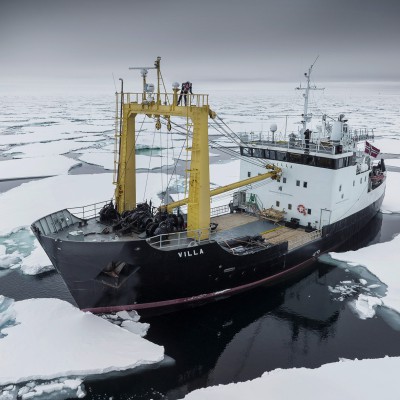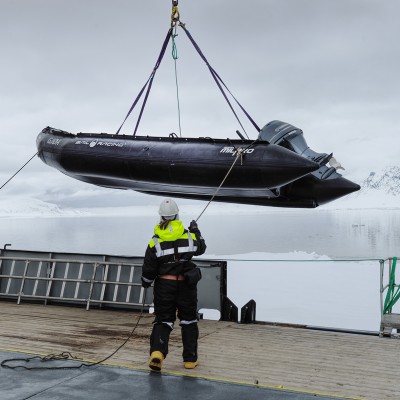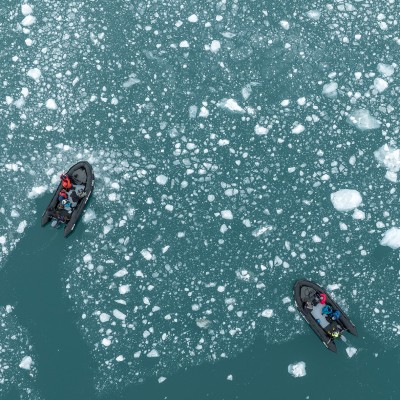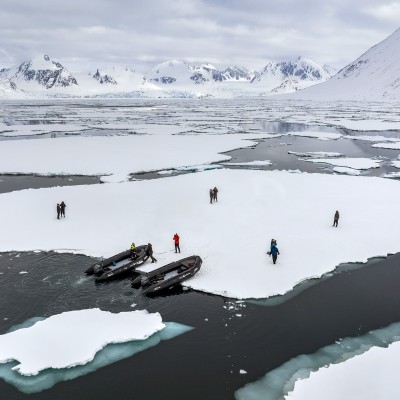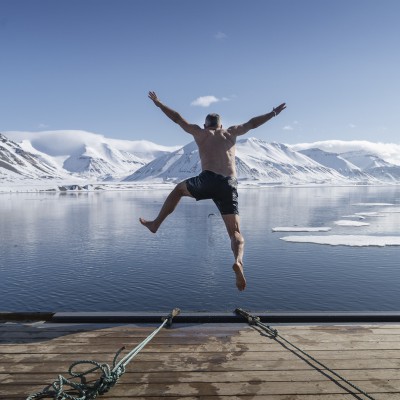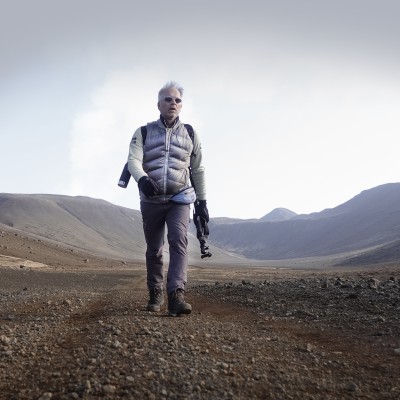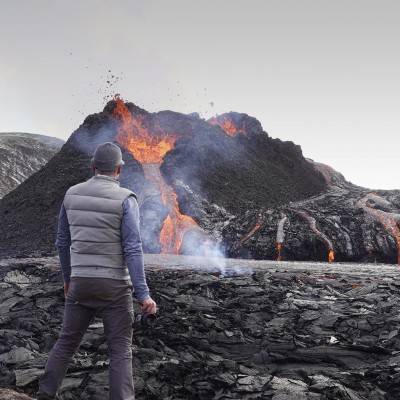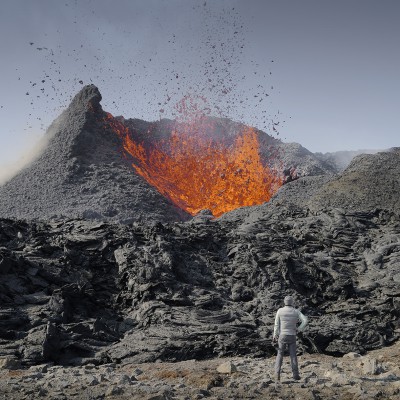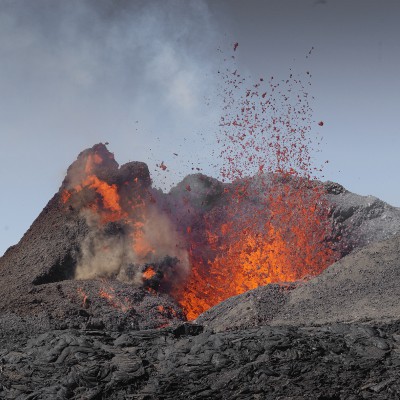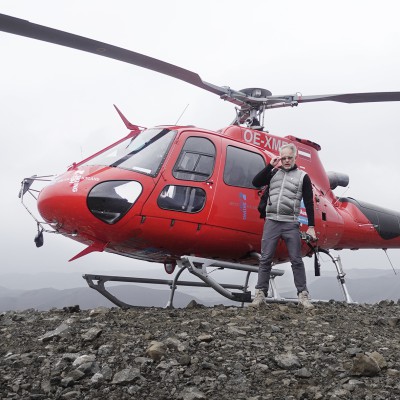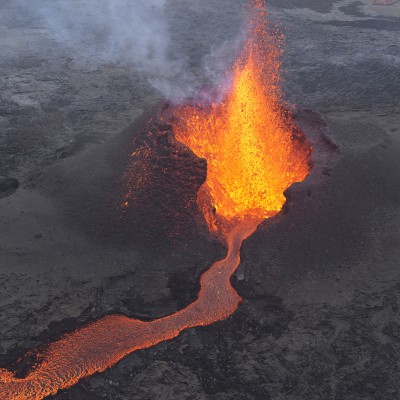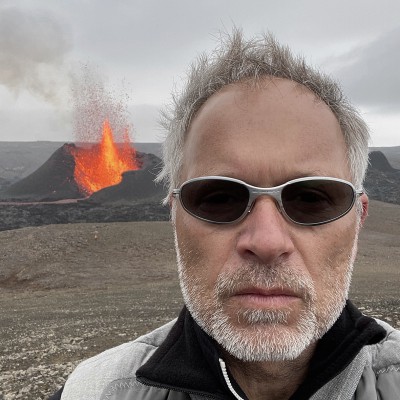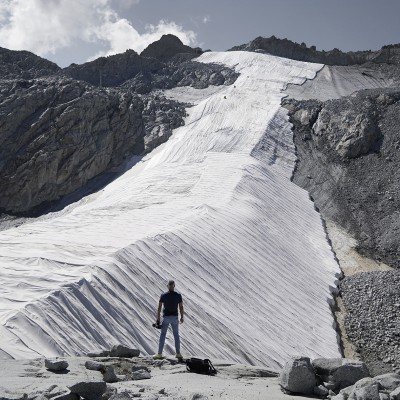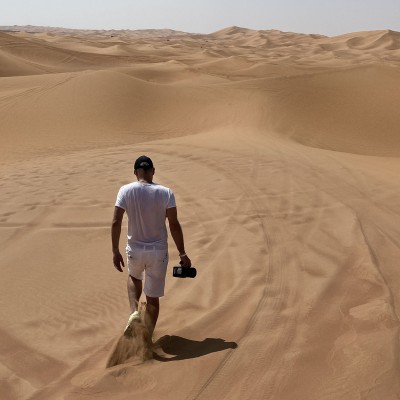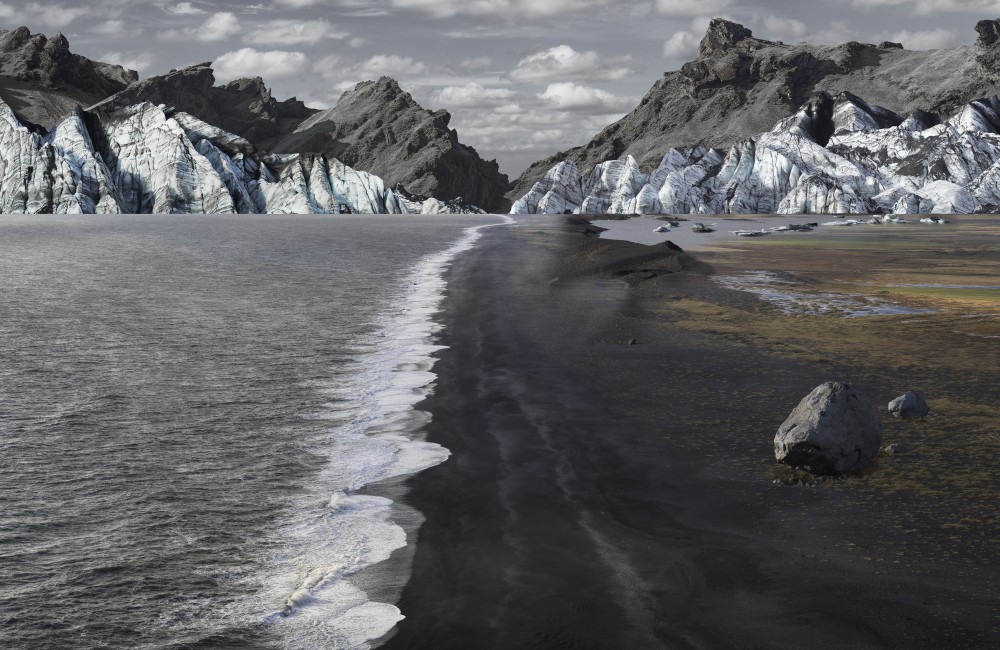
sea of ice
Format 1: 132 x 202 cm / 52 x 79.5 in, edition of 6 + 2 AP
Format 2: 67 x 102 cm / 26.3 x 40.2 in, edition of 6 + 2 AP
Hybrid photography, archival pigment print, aludibond, diasec, custom-made wood / aluminium frame
Across the world approximately 400 billion tons of glacier ice melt each year, contributing to one third to the global rise in sea levels. By releasing carbon dioxide and other heat-trapping gases into the atmosphere, we have warmed the Earth by over one degree in the course of the last century and raised sea levels by circa 20 cm. Further emissions of greenhouse gases will change our coastlines for millennia to come. The oceans covert two thirds of our planet, making them the most important life support system for human civilisation. We have irrevocably bequeathed a hotter world and rising seas to future generations. Iceland in many respects is ground zero for climate change; it hosts 400 thousands of years old glaciers all of which are now rapidly melting. The island off the southwest coast of Greenland is losing about 11 billion tonnes of ice a year, and scientists fear that by 2200 all the glaciers will be gone. They cover about 11% of the island‘s surface and due to their maritime location are particularly sensitive to ocean warming and short-term climate fluctuations. Deeper, near-sea areas are very likely to disappear completely in coming decades.
The artwork “sea of ice” deals with the loss of our glacial ice and the corresponding rise in sea levels. The viewer’s gaze glides down from a bird’s eye view over a seemingly endless strip of coast where waves, rolling in multiple layers, devour ever more of the coastline. All artefacts of civilisation have already disappeared, just a lone boulder stands, defying the waves. The composition draws the eye far into the landscape to the horizontal line in the upper quarter of the picture. There stand the icebergs of Iceland’s Sólheimajökull glacier, which already seems to be sinking in the ocean. The glacier is a paradigm for the changes in Iceland wrought by climate change; it is losing a dramatic amount of its mass each year and retreating ever faster. Its meltwater collects in a lake that grows larger year by year; eventually the water flows into the sea. Behind the melting glacier mountains sharply jagged barren rock formations are revealed. Metaphors for an impending future scenario, the total disappearance of Iceland’s glaciers. Melting glaciers are one of the most visible signs of climate change. The seascape is also an allusion to the deep tradition of ocean imagery in art history, an acknowledgement of the fragility of the natural world.
